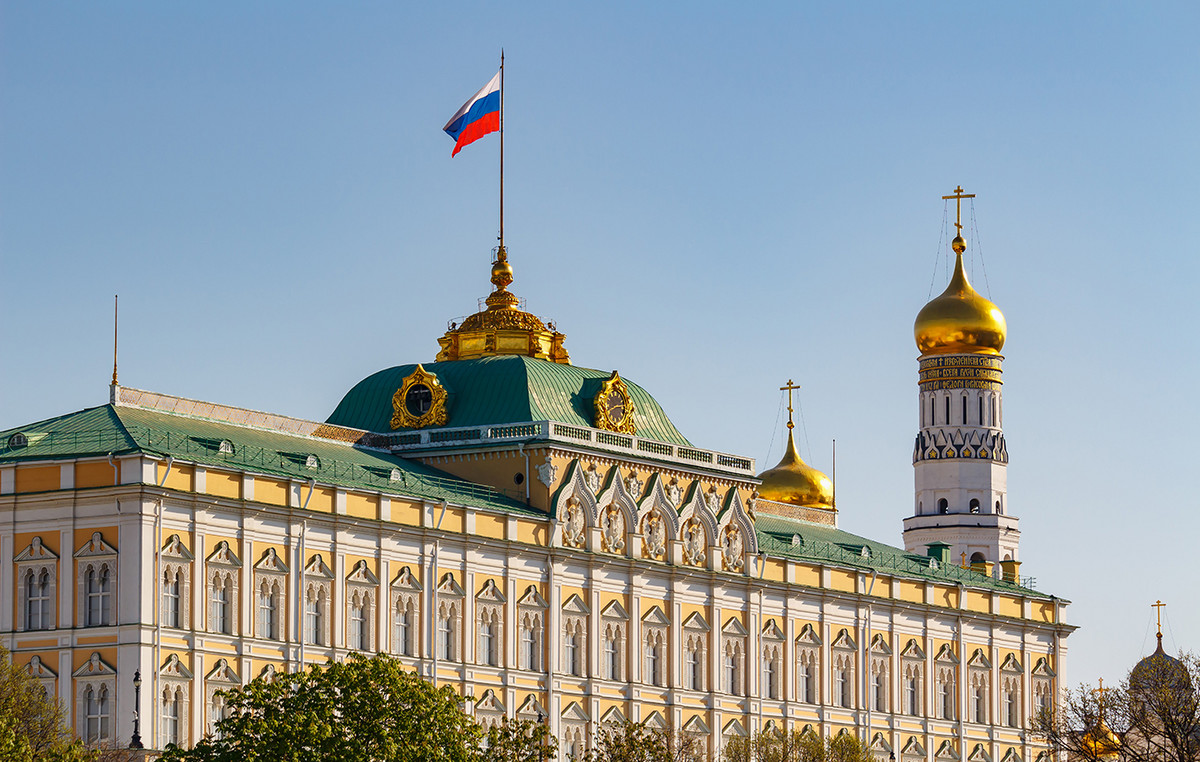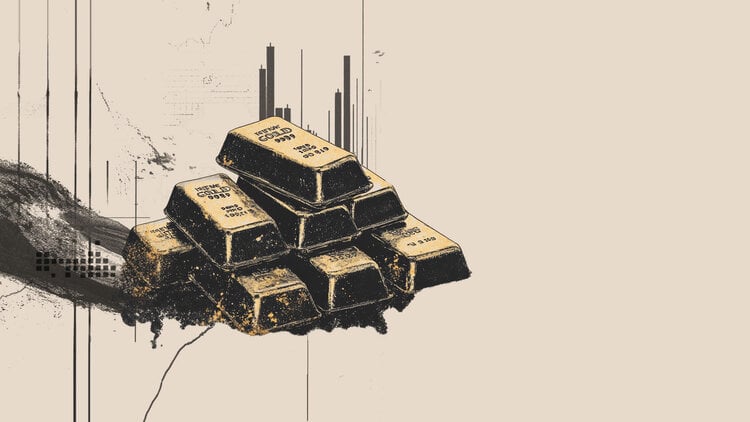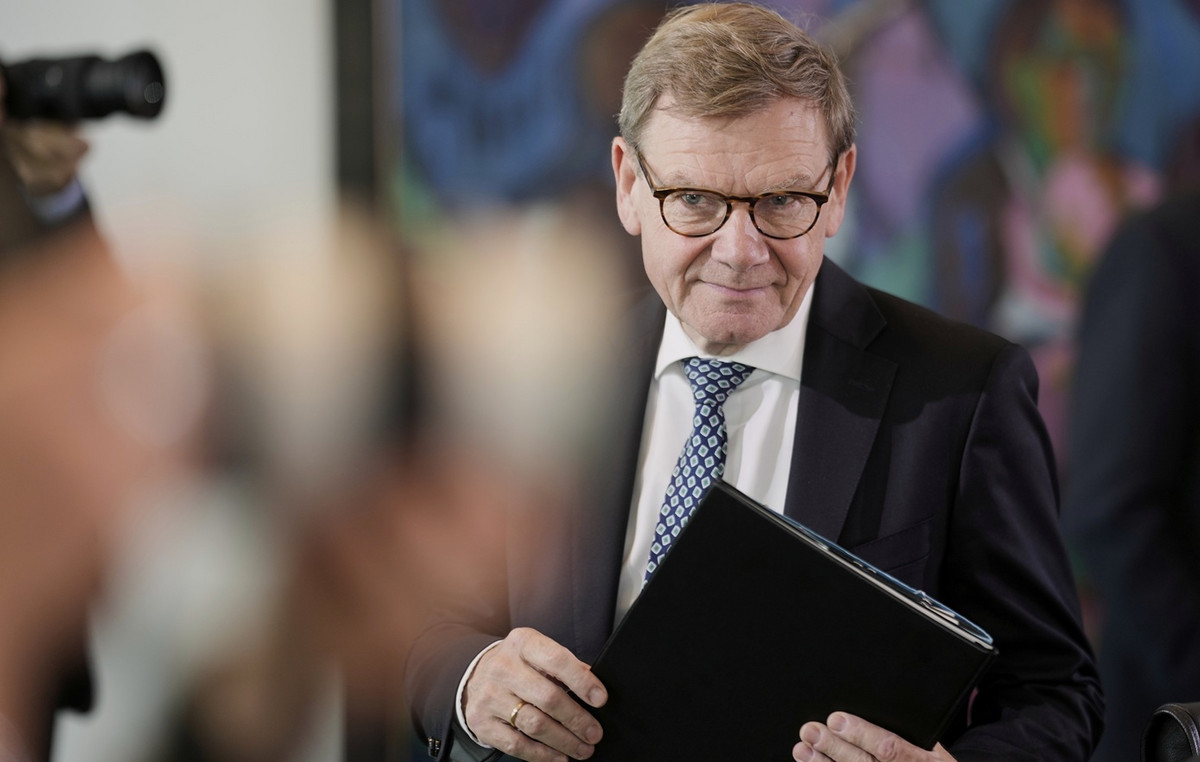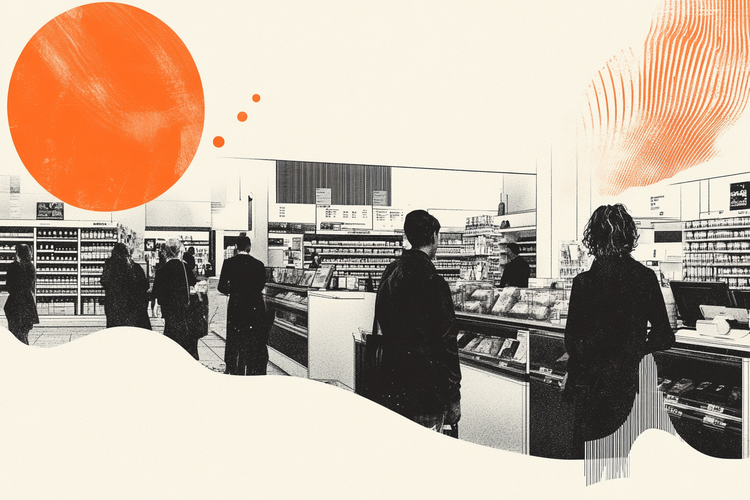A survey by the MapBiomas project, released this Thursday (4), favela day, shows that the growth of these communities in Brazil has increased the equivalent of the territory of 11 cities in Lisbon, capital of Portugal, which has an area of 100 km². The study was carried out using satellite images captured between 1985 and 2020.
In all, 4.66% of the growth in urbanized areas between 1985 and 2020 have characteristics of informal occupation, according to the survey. Of the biomes present in the country, Amazonia leads this expansion in percentages, with 18.2% of the increase in occupations in this territory being informal.
The states where this biome is found also lead when the total area is analyzed. In the state of Amazonas, informality accounts for 45% of the urbanized area, in Amapá, 22%, in Pará, 14%, and in Acre, 12.6%. An average increase of 2.55% per year, the highest of all biomes.
Regarding the growth of the urban area occupied by slums, Manaus, Belém and Salvador stand out. In the last 36 years, the two capitals of the North had an increase in these areas of, respectively, 51% and 48%. Salvador had a growth of 32%.
The states of Minas Gerais, Rio de Janeiro, Santa Catarina, Espírito Santo and São Paulo lead the ranking of areas most prone to landslides, due to their many slopes.
One of the coordinators of the mapping of urban infrastructure at MapBiomas, Julio Cesar Pedrassoli, explains that urban growth in Brazil is not equally proportional, and warns of the impact of these changes.
“Knowing that part of the people residing in these areas may be at various social and physical risks, a yellow warning lights up about the way Brazil has been urbanizing in recent decades, especially remembering the constant warnings of science about the impacts of climate change on populations most vulnerable.”, he explains.
According to the researchers, in relation to urban occupation, in general, although the Atlantic Forest still concentrates more than half of these spaces in Brazil (54.7%), the greatest growth recorded in the verified period occurred in the Amazon, Caatinga and Cerrado, all with annual growth rates above the national average: 2.5% per year, 2.53% per year and 2.08% per year, respectively.
The Cerrado was the biome that lost the most native vegetation to urban expansion. Of the more than 388,000 hectares of native vegetation that were converted to urbanized areas year-on-year, 33% (127 thousand hectares) were in the Cerrado. In second place comes the Amazon, with almost 92,000 hectares.
Reference: CNN Brasil







